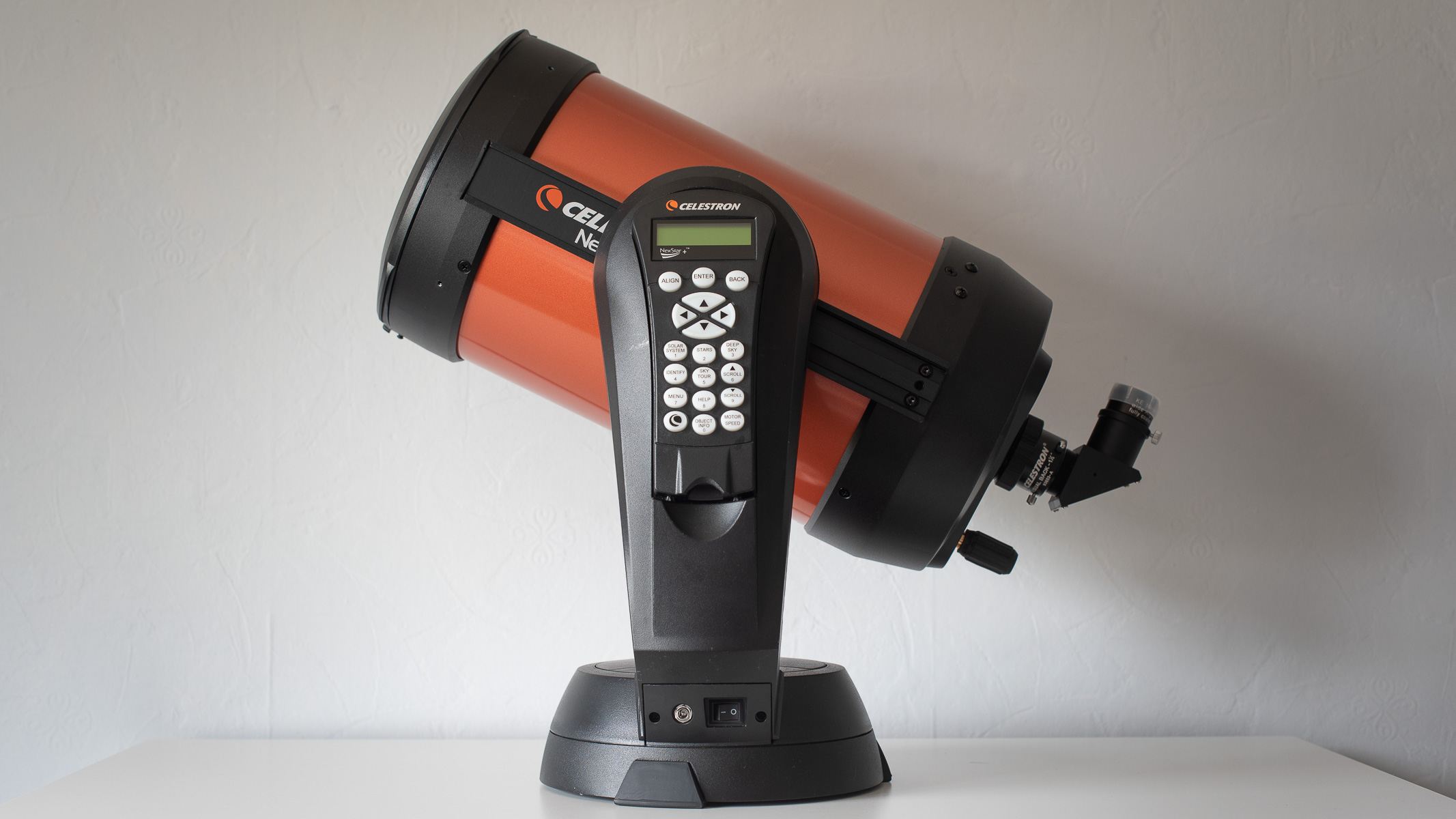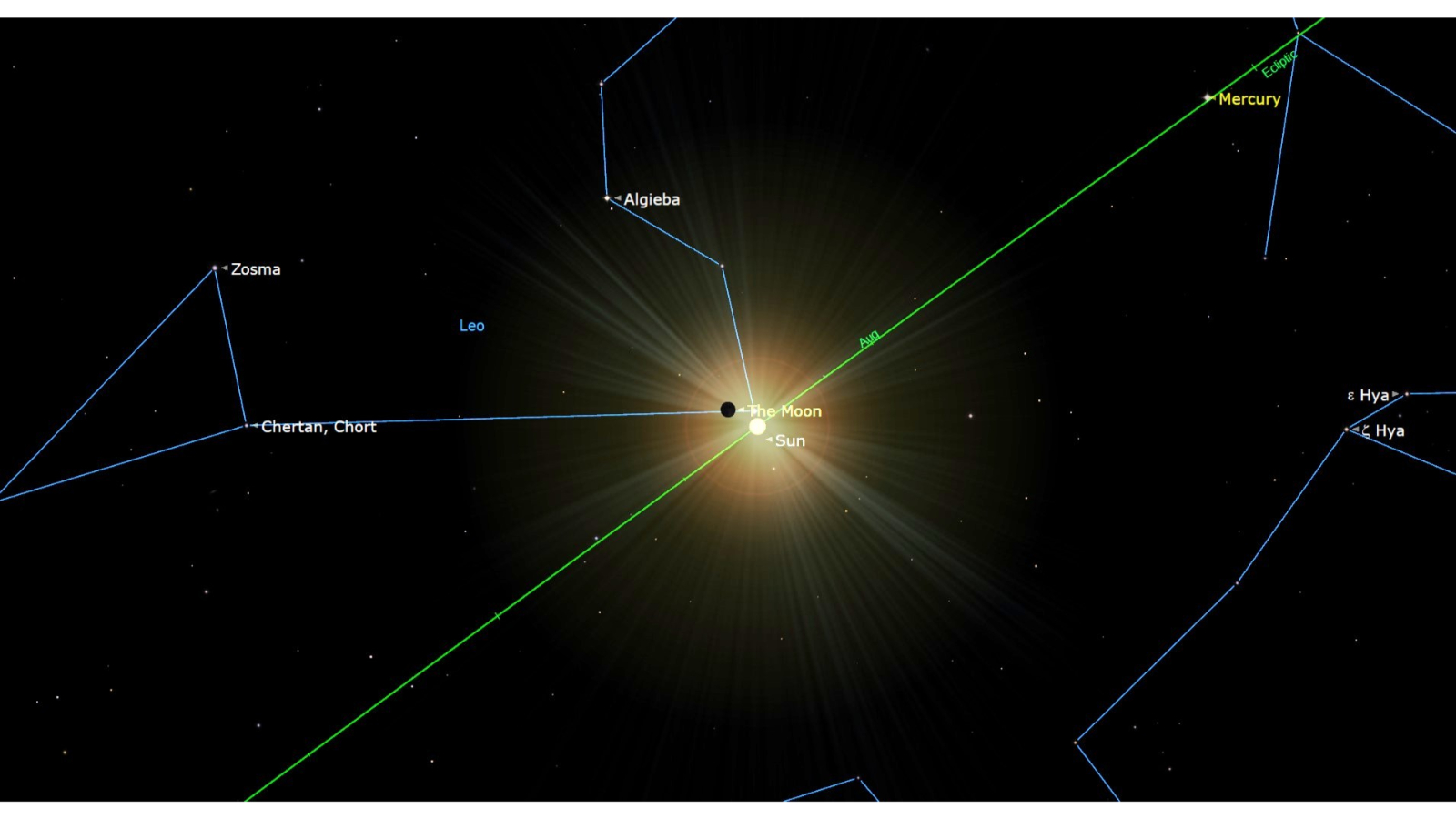A rare Black Moon rises with the sun tomorrow Here's what to expect
A Black Moon rises tomorrow (Aug. 23), though you won't see it. Its timing makes it a rare lunar event.

Tomorrow (Aug. 23), the night sky will play host to an unusual lunar event known as a Black Moon.
While you won't see anything unusual (in fact, you won't see the moon at all), this event is still exciting because of its rarity.
So what's happening? A Black Moon isn't an official astronomical term, but it's used to describe unusual timings of new moon phases. This week's event falls under the "seasonal" definition: the third new moon in a season that contains four new moons. A new moon is the phase when the moon's sunlit side faces away from Earth, making it invisible in our sky as it rises and sets with the sun.
Normally, each season has three new moons, but the lunar cycle doesn't line up perfectly with our calendar. Every so often, an "extra" new moon sneaks in and the third in that sequence is dubbed a Black Moon. The last seasonal Black Moon happened on May 19, 2023.
At 2:06 a.m. EDT (06:06 GMT) Aug. 23 — which is 11:06 p.m. PDT on Friday (Aug. 22) — the moon will officially pass through its new moon phase. At that moment, our natural satellite will be positioned in the constellation Leo, sitting just 1 degree north of the sun in the sky.
Summer 2025 in the Northern Hemisphere started with a new moon on June 25, followed by July 23, Aug. 3 and Sept. 21. With four new moons squeezed into the season, the Aug. 23 new moon becomes the Black Moon. Seasonal Black Moons, like the one on Aug. 23, happen only about once every 33 months.

Want to view the night sky up close? The Celestron NexStar 8SE is ideal for beginners wanting quality, reliable and quick views of celestial objects. For a more in-depth look, check out our Celestron NexStar 8SE review.
There's also another definition of a Black Moon that refers to the second new moon in a single calendar month, which won't occur again until Aug. 31, 2027.
Unlike a supermoon or lunar eclipse, a Black Moon isn't something you can watch unfold in real time. During the new moon phase, the moon is positioned between Earth and the sun, so its unlit side faces us, rendering it invisible against the bright sky.
Breaking space news, the latest updates on rocket launches, skywatching events and more!
But don't be disappointed. The days immediately following the Black Moon will reveal one of the most beautiful lunar sights: the thinnest crescent. On the evenings of Aug. 24 and Aug. 25, look toward the western horizon about 30 to 40 minutes after sunset to spot a delicate silver arc, the moon's first reappearance after going dark.
The dark moonless skies surrounding a new moon are also perfect for observing fainter deep sky objects that would otherwise be very difficult and sometimes impossible to see during brighter moon phases. It also makes for a particularly great time to study the dense core of the Milky Way.

Daisy Dobrijevic joined Space.com in February 2022 having previously worked for our sister publication All About Space magazine as a staff writer. Before joining us, Daisy completed an editorial internship with the BBC Sky at Night Magazine and worked at the National Space Centre in Leicester, U.K., where she enjoyed communicating space science to the public. In 2021, Daisy completed a PhD in plant physiology and also holds a Master's in Environmental Science, she is currently based in Nottingham, U.K. Daisy is passionate about all things space, with a penchant for solar activity and space weather. She has a strong interest in astrotourism and loves nothing more than a good northern lights chase!
You must confirm your public display name before commenting
Please logout and then login again, you will then be prompted to enter your display name.

